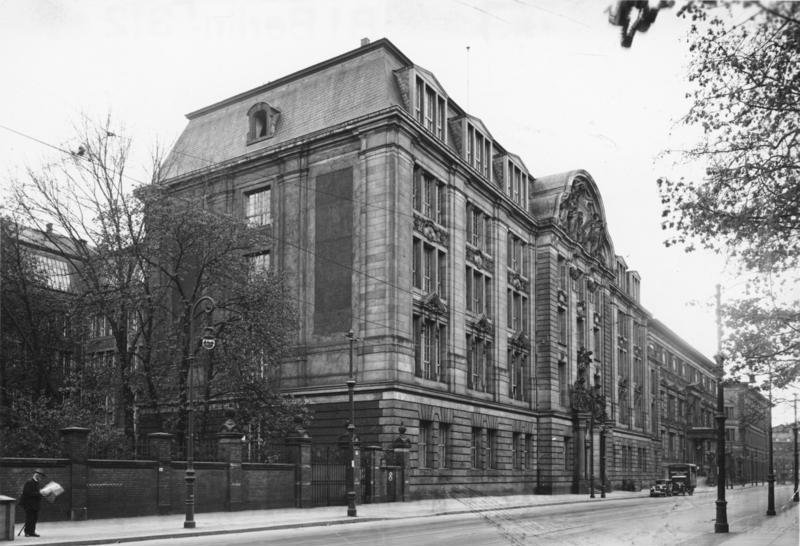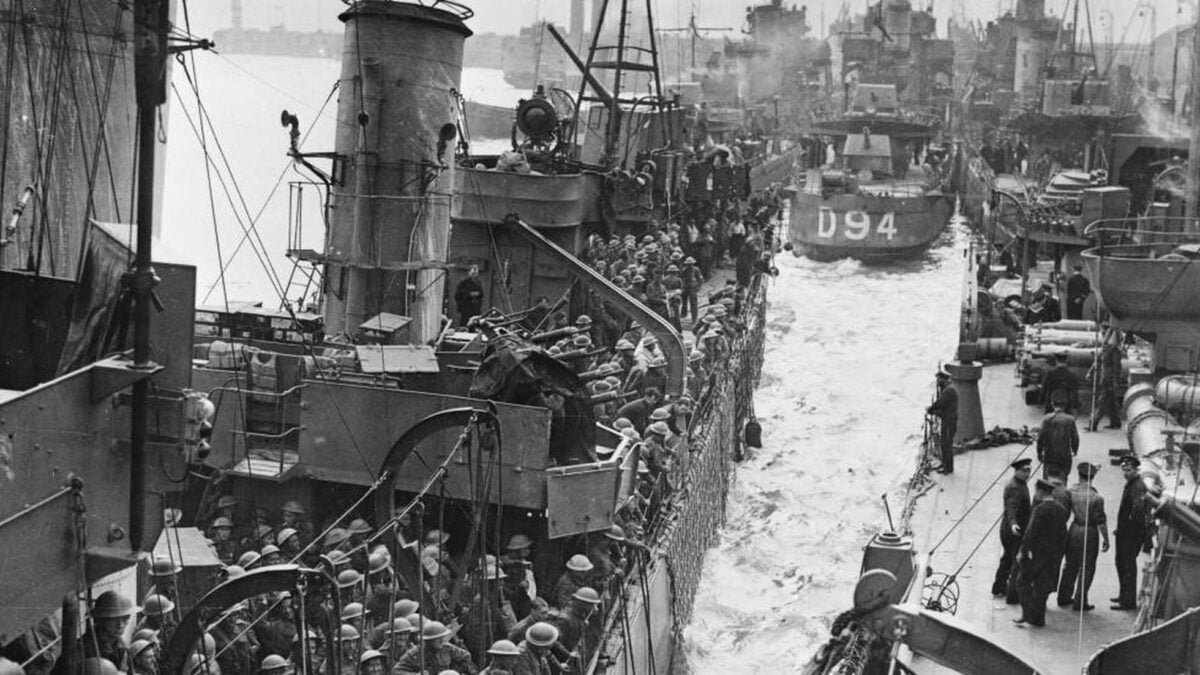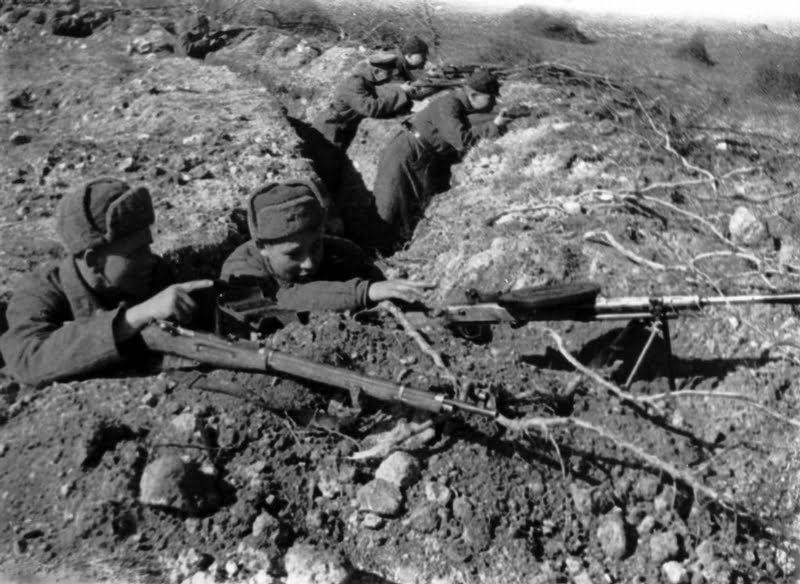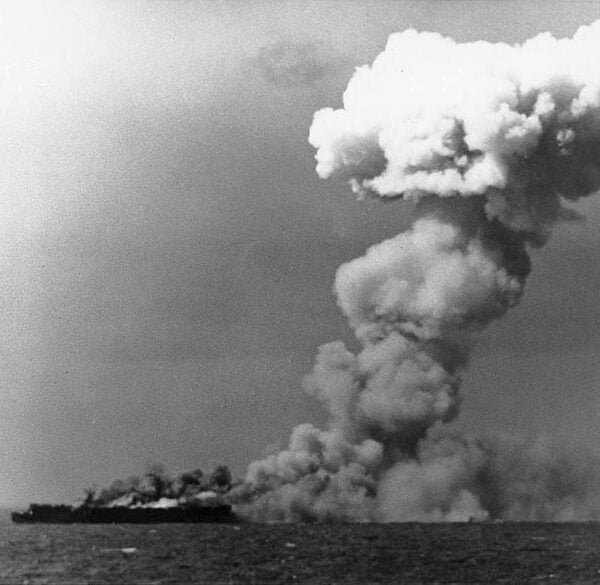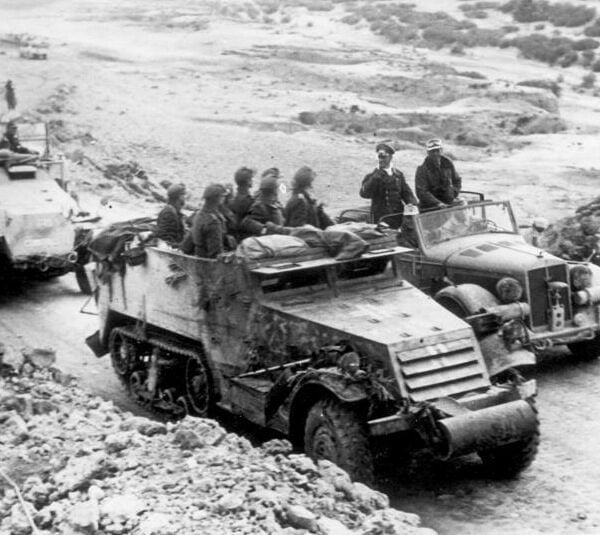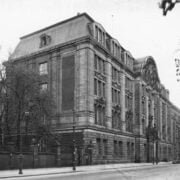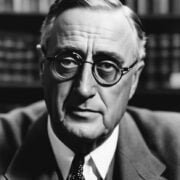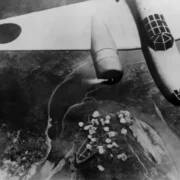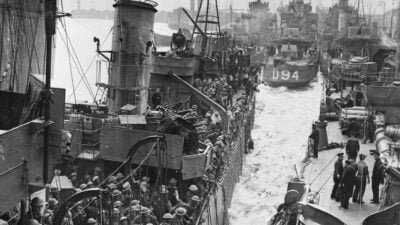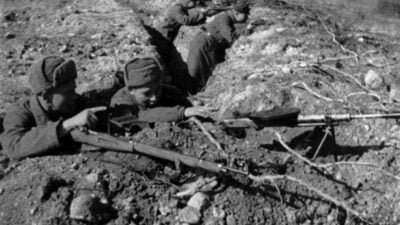The Second World War was a period of intense confrontations and upheavals, and the Battle of Bloody Gulch, which took place during the invasion of Normandy in 1944, remains one of the most striking episodes of this global conflict.
Also check out: Battle of Peleliu: The Struggle for the Cursed Island
Historical Context of the Battle of Bloody Gulch
To fully understand the importance and significance of the battle, it’s crucial to analyze the historical context that surrounded it. This event didn’t occur in isolation but as part of a series of events culminating in the Allied invasion of Normandy, also known as Operation Overlord.


The Need to Liberate Occupied Europe
The Second World War, which began in September 1939, had already devastated vast areas of Europe. Nazi Germany, led by Adolf Hitler, had conquered a significant part of the continent and was brutally imposing its dominance. The Allied nations, including the United States, the United Kingdom, and the Soviet Union, recognized the need for a joint operation to liberate Europe from Nazi oppression.
Operation Overlord and D-Day Landing
Operation Overlord, including the famous D-Day landing, was one of the largest military operations in history. Planned and executed by the Allied forces, its primary objective was to establish a foothold on the Normandy coast, occupied by the Nazis. This would allow Allied troops to move further into the continent, leading to a large-scale offensive against German forces.
The choice of Normandy as the landing site was based on various strategic factors. The region offered a combination of suitable beaches for landings and proximity to important urban centers in France and Belgium, making it a key chokepoint for the operation’s success. Additionally, Normandy presented varied geography, including beaches, fields, cities, and rural areas, providing a variety of combat strategies.
German Defense and Allied Troops in Normandy
The German forces had turned Normandy into a fortress, constructing a series of fortifications, trenches, and bunkers along the coast. They were determined to prevent the Allied invasion at any cost. On the other hand, the Allied troops, led by the United States, United Kingdom, and Canada, were preparing to face fierce resistance. Airborne divisions played a vital role in the preparation for the landing, conducting nighttime parachute missions to disrupt German withdrawal routes.
The Battle of Bloody Gulch Itself
Also known as the Battle of La Fière, it was a brutal and decisive confrontation that occurred during Operation Overlord, the Allied invasion of Normandy in 1944. This particular battle unfolded intensely and dramatically, involving a series of crucial factors that shaped its course.
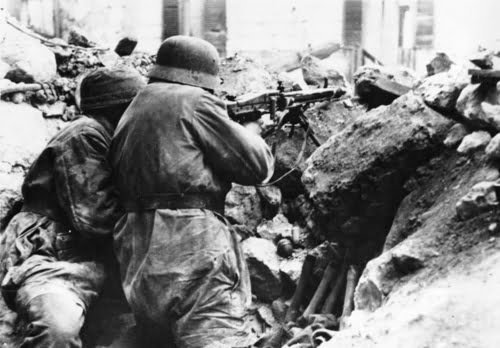

The Landing and Initial Combats
The battle commenced on the morning of June 6, 1944, when Allied forces landed in Normandy. The German resistance was fierce, and the Allied troops faced heavy fire upon reaching Utah Beach. However, they managed to establish a foothold and began advancing into the interior of France. Controlling Sainte-Mère-Église was crucial to ensure German withdrawal routes were cut off and that Allied troops could move safely.
The terrain in the region of the Battle of Bloody Gulch was challenging. Fields were crisscrossed with ditches, fences, and shrubs, making troop mobility difficult. Additionally, the enemy had flooded some areas, creating swamps and hindering advancement. The weather conditions were also an obstacle, with intermittent rains turning the ground into mud, making military operations even more arduous.
Strategies and Tactics of the Battle of Bloody Gulch
Both sides employed complex strategies and tactics during the battle. The German forces maintained a strong defense in Bloody Gulch, using trenches, bunkers, and barricades to resist Allied advances. The Allied troops employed flanking maneuvers and suppressing fire to dislodge the enemy. Additionally, the airborne troops who had parachuted the night before the battle played a crucial role in attempting to capture Sainte-Mère-Église.
The fight in Bloody Gulch was intense and bloody. Soldiers on both sides displayed remarkable courage amid extremely difficult conditions. Close combat was common, and the battle became a test of endurance for all involved. The battle resulted in significant casualties for both sides, but the Allied forces ultimately managed to capture Sainte-Mère-Église and consolidate their position in the region.
Heroes and Sacrifices
The battle, like many other conflicts in World War II, was marked by acts of extraordinary courage and remarkable sacrifices. These often anonymous heroes played crucial roles, shaping the course of the battle and demonstrating resilience under the most adverse conditions.
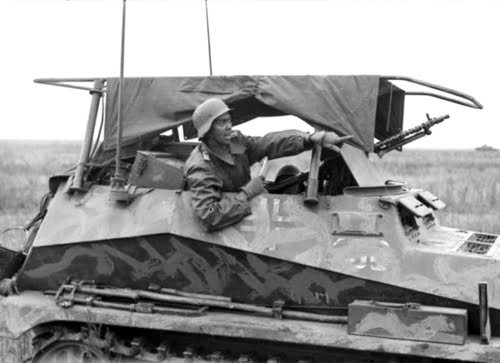

The Story of John Steele
One of the most iconic episodes involves John Steele, an American paratrooper from the 505th Parachute Infantry Regiment who got stuck in the bell tower of the church in Sainte-Mère-Église. Injured and hanging there, he watched the battle unfolding below him. His presence drew the attention of the Germans, making him a vulnerable target. Despite his extreme situation, Steele survived and was later captured by the Germans. His story symbolizes the tenacity and indomitable spirit of American paratroopers that day.
Anonymous Soldiers
Many heroes of the Battle of Bloody Gulch remain unknown, but their actions were equally significant. Allied soldiers faced intense fire and bravely fought to advance and capture strategic positions. They risked their lives in the name of freedom, demonstrating unwavering dedication to the cause. Their stories often got lost in the pages of history, but their courage will not be forgotten.
The battle also witnessed acts of solidarity and sacrifice among the soldiers. Friends and comrades-at-arms risked their own lives to save each other. Medical attendants faced terrible conditions while caring for the wounded. These acts of sacrifice and mutual support reflect the deep camaraderie that often develops on the front lines.
Legacy and Reflections of the Battle of Bloody Gulch
The Battle of Bloody Gulch left an indelible mark on the history of World War II and continues to inspire reflections on the consequences of war and the importance of historical memory. In this section, we’ll explore the lasting legacy of this battle and the reflections it evokes.
The Liberation of Europe and the End of Nazism
The struggle played a vital role in liberating Europe from Nazi dominance. By capturing Sainte-Mère-Église and consolidating their position in Normandy, the Allied forces managed to establish a bridgehead that allowed for subsequent offensives and the liberation of cities throughout France and Belgium. This event marked a crucial step towards the end of the Nazi regime and the conquest of freedom in Europe.
The Importance of Allied Cooperation
The Battle of Bloody Gulch highlighted the importance of cooperation among the Allied nations. Soldiers of various nationalities, including Americans, British, Canadians, and others, fought side by side. This united effort demonstrated how international collaboration is fundamental in achieving common objectives and preserving peace.
The Horrors of War and the Pursuit of Peace
Tales of heroism and sacrifice also remind us of the horrors of war. World War II was a conflict of devastating proportions, costing millions of lives and causing immense suffering. Reflections on these tragic events reinforce the need to seek peace, diplomacy, and the peaceful resolution of conflicts to prevent humanity from facing such calamities again.
Keeping the memory of the struggle and all the heroes and sacrifices associated with it alive is essential. Monuments, memorials, and commemorative ceremonies are held worldwide to remember the legacy of World War II and the importance of defending democratic values and freedom. It’s crucial for future generations to understand the history and the lessons it teaches us.
The Responsibility to Protect Peace and Freedom
The battle also reminds us of the ongoing responsibility to protect the hard-won peace and freedom. As new challenges and conflicts arise worldwide, the legacy of the heroes of World War II inspires us to tirelessly work towards avoiding the repetition of past mistakes and upholding the ideals for which these soldiers fought.
The Impact of the Battle of Bloody Gulch
The Battle of Bloody Gulch highlighted the importance of cooperation among Allied nations. Soldiers of various nationalities fought side by side, demonstrating how international collaboration is essential to achieve common goals and preserve peace. This lesson of unity and solidarity remains relevant in our current world, filled with global challenges.
However, the battle also reminds us of the horrors of war. World War II was a conflict of devastating proportions, costing millions of lives and causing immense suffering. The memory of these tragedies serves as a powerful reminder of the need to seek peace, diplomacy, and the resolution of conflicts peacefully to prevent humanity from facing such calamities again.
Keeping the memory of the battle and all the heroes and sacrifices associated with it alive is essential. Monuments, memorials, and commemorative ceremonies are held worldwide to remember the legacy of World War II and the importance of defending democratic values and freedom. It’s fundamental for future generations to understand the history and the lessons it teaches us.
